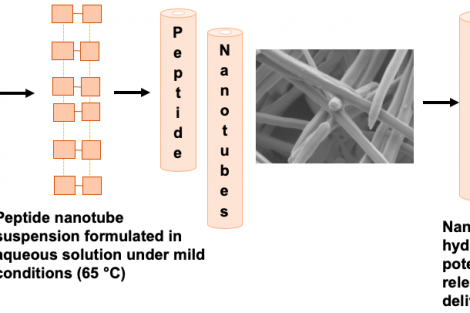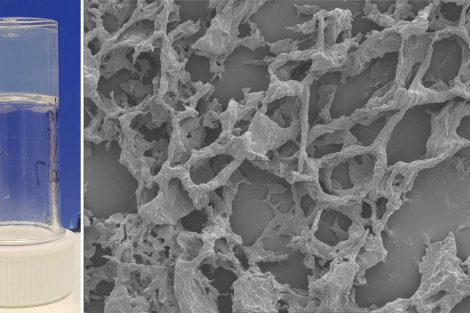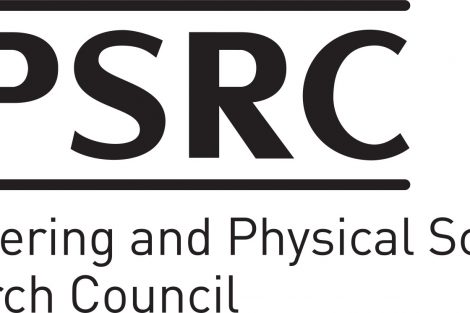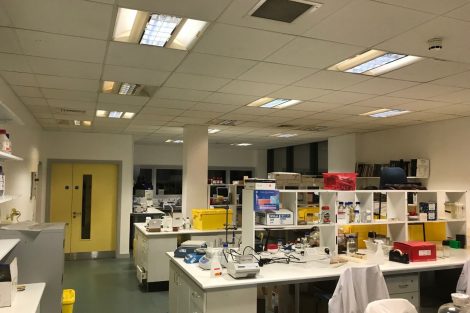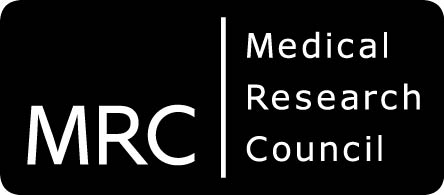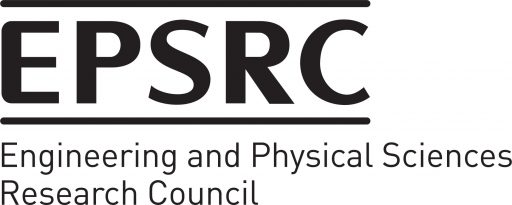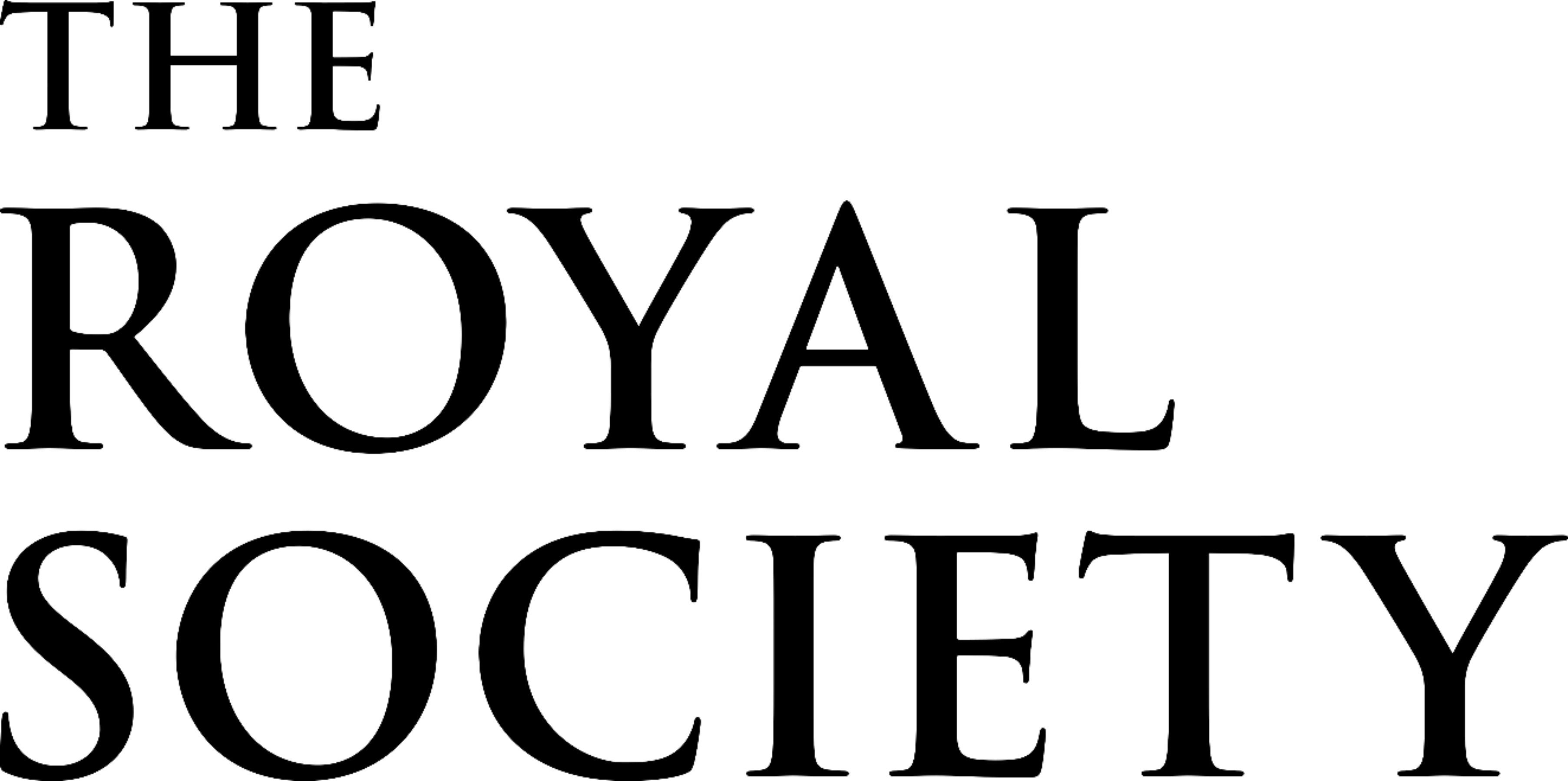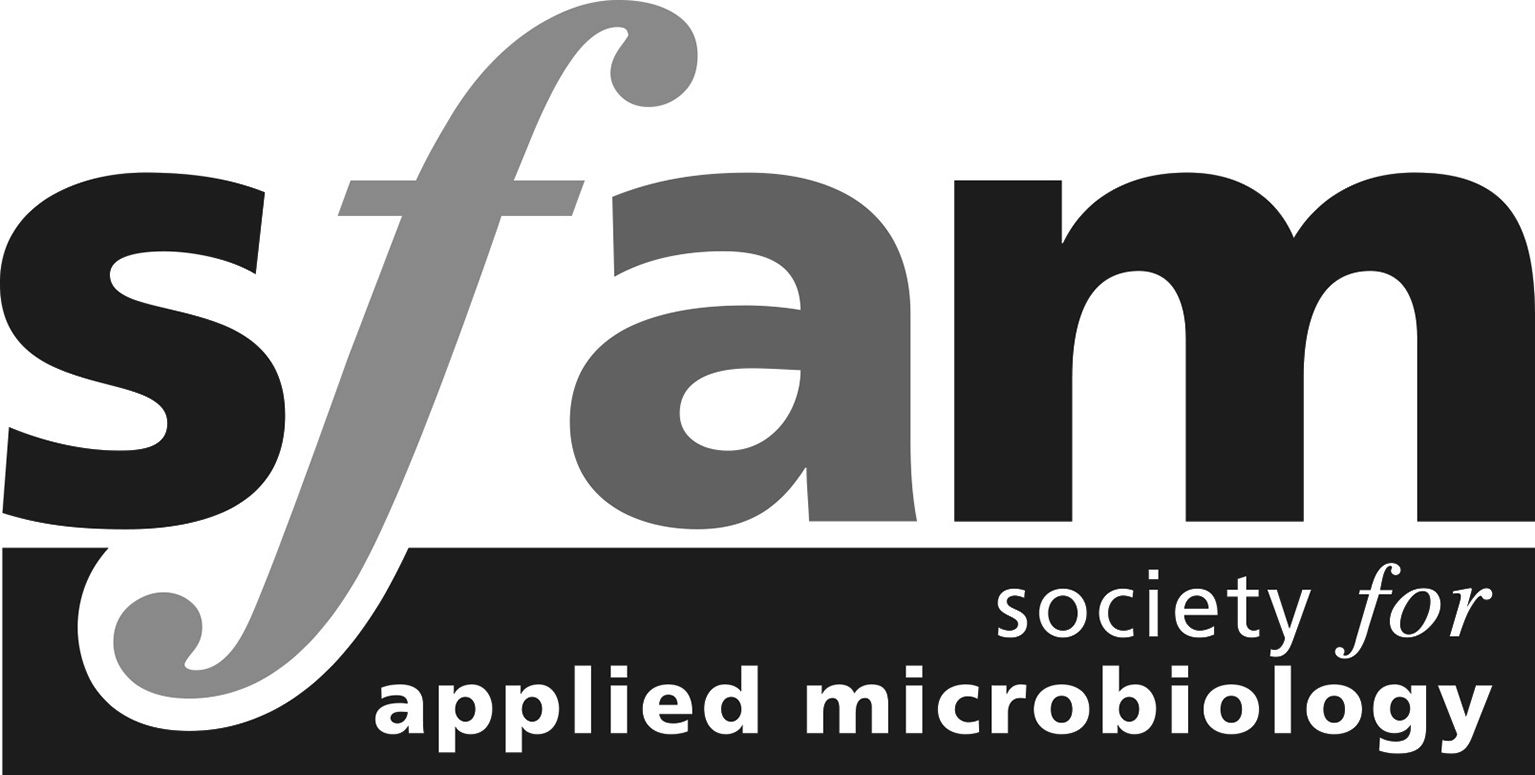Latest publication: Pharmaceutical formulation and characterization of dipeptide nanotubes for drug delivery applications
Our latest paper has been published in the journal Macromolecular Bioscience focusing on formulating peptide nanotubes using mild techniques to improve potential for pharmaceutical upscale.
Paper can be accessed here:
https://doi.org/10.1002/mabi.202000115
Abstract
Peptide nanotubes are promising materials for a variety of biomedical applications with ultrashort (≤7 amino acids) forms providing particular promise for clinical translation. The manufacture of peptide nanotubes has, however, been associated with toxic organic solvents restricting clinical use. The purpose of this work is to formulate dipeptide nanotubes using mild techniques easily translated to industrial upscale and to characterize their physiochemical and biological properties. Phenylalanine‐phenylalanine variants can be successfully formulated using distilled water as demonstrated here. Formulations are homogenous in shape (tubular), with apparent size (50–260 nm) and a zeta potential of up to +30 mV. L‐(H2N‐FF‐COOH), and D‐enantiomers (H2N‐ff‐COOH) demonstrate no toxicity against glioblastoma cells and are explored for ability to deliver a model hydrophilic molecule, sodium fluorescein, at pH 5.5 (tumor) and 7.4 (physiological). Peptide nanotubes loaded with >85% sodium fluorescein, demonstrate burst release characteristics, fitting the Weibull model of drug release. This research provides important data contributing to the pharmaceutical formulation of peptide nanotubes as drug delivery platforms for hydrophilic drugs.
